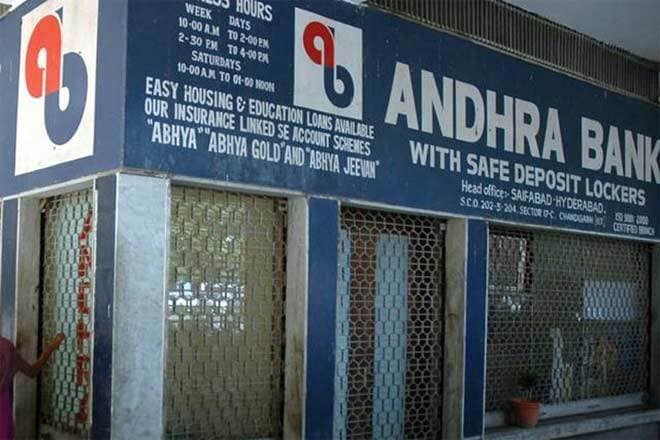To counter its ballooning stressed asset pool, the GoI recently infused Rs 21.2 billion in Andhra Bank. We strongly believe that the bank would require additional rounds of capital infusion to meet regulatory norms. With lack of growth capital, we expect its medium-term business growth overall to be flat. On a positive note, the bank has already recognised most of the stress on its books and we expect asset quality to now improve. Given the steep price drop in the last one year, we do not expect any downside risk as we believe that negatives have already been factored in. We, thus, alter our recommendation to a ‘Hold’.
GNPAs and NNPAs declined respectively 33bps and 47bps q/q. Stressed assets (GNPA + standard restructured loans) are now 17.1% of loans (down 75bps y/y, 49bps q/q). We expect slippages to be normal from Q1 FY20 as (a) major stress from the corporate book has already been recognised and (b) slippages from the residual stress pipeline to come in the next couple of quarters. For FY19 and FY20, we factor in a slippage rate of respectively 3.9% and 2.2%.
The loan book was Rs 1.53trn (up 8.9% y/y), largely driven by the retail (up 21.6%) and corporate book (up 13.6%). We expect loan-book growth ahead to be flat through FY19-20 because of low capital adequacy and selective lending. With net NPA at 0.98x of the bank’s net worth, we strongly believe further capital infusion would be required for Andhra Bank to meet regulatory norms.
Our Nov’19 target of Rs 35 is based on the two-stage DDM model. This implies a 0.5x P/BV multiple on its FY20e book. Risks: Downside: Lumpy delinquencies from the corporate book, lower capital infusion by GoI. Manage-ment is focused on continuing to push medium-term growth in the retail, agri and MSME (RAM) segments.
Intending to reduce its overall risk profile, it will only lend to corporate bodies with high credit ratings. Any lumpy delinquencies from the corporate loan book could harden our credit cost estimates, hence manifesting in lower/negative return ratios.


